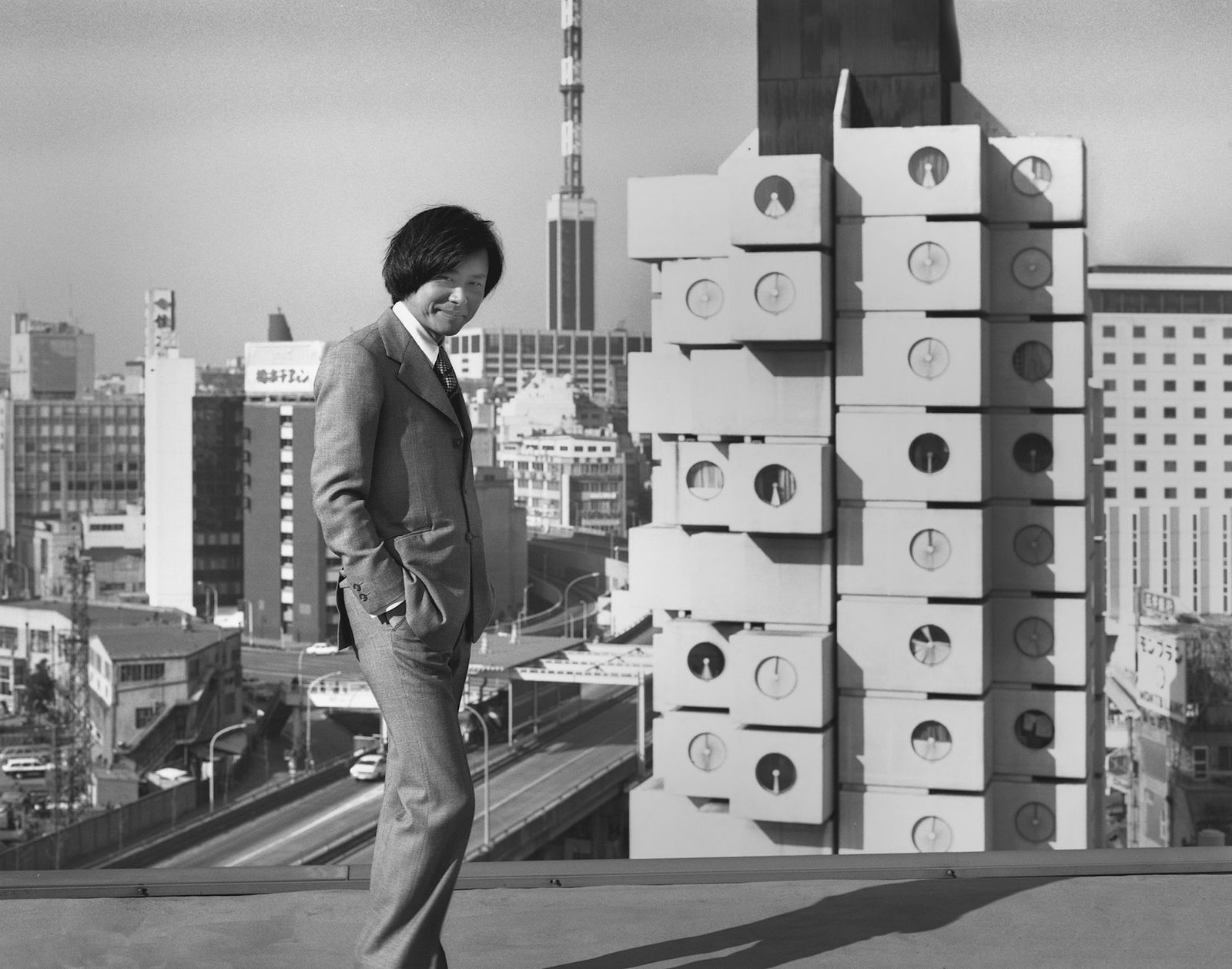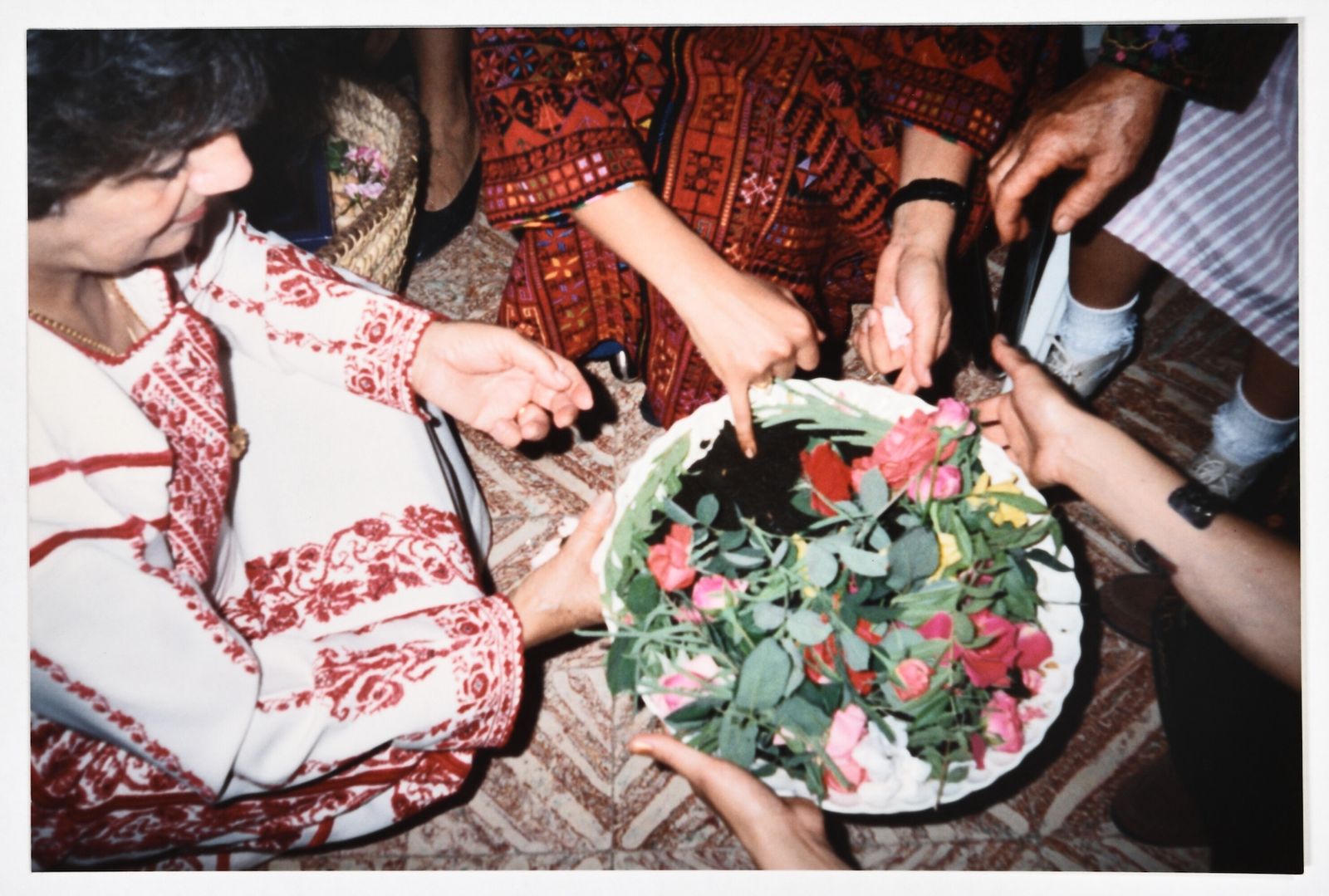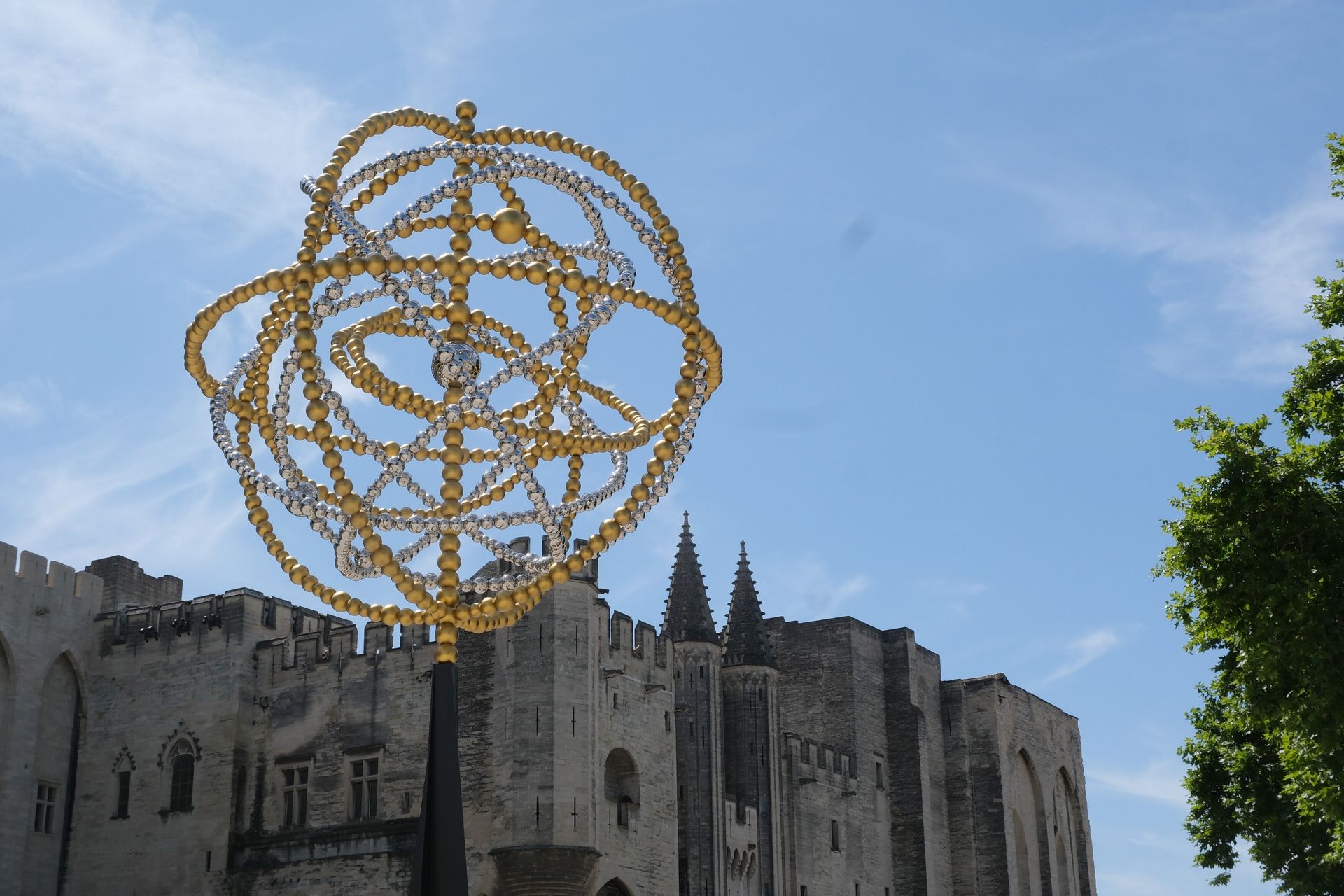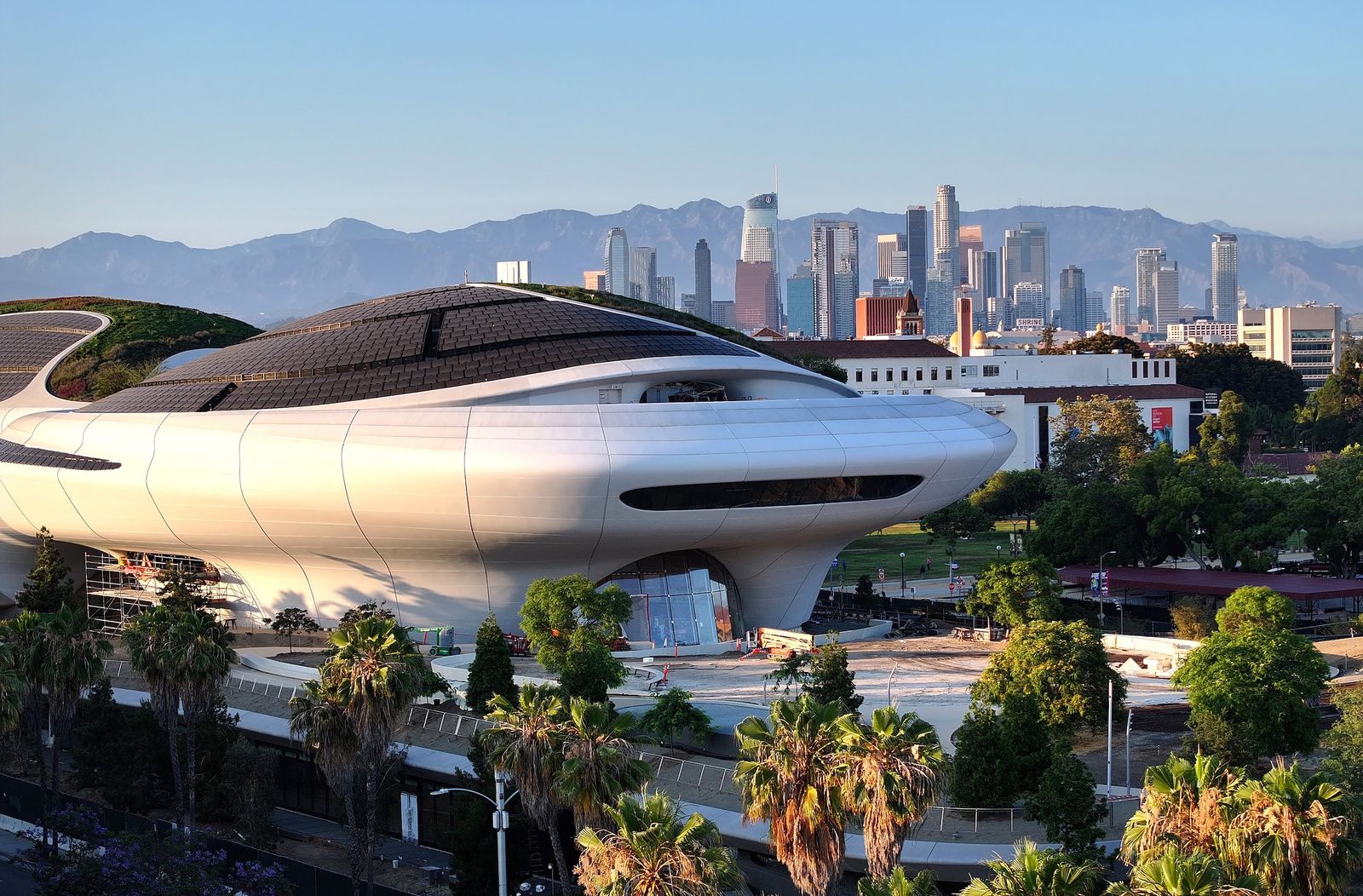| | Anna Fixsen, US editor
Welcome back to Weekendpaper*, the new Saturday newsletter from the Wallpaper* editors. This week’s dispatch comes to you from across the pond, where I oversee US coverage. I’ve just returned from a ten-day holiday in Mérida, a historic and vibrant city on Mexico’s Yucatán Peninsula. While I eventually found relaxation, it was, at times, hard to indulge in the beauty that surrounded me, given the relentless American news cycle – catastrophic flooding in Texas; immigration raids in California; and the ongoing dismantlement of federal agencies.
|
 |
 |
 |
Amid such doom and gloom, it’s easy (and understandable) to be pessimistic about the road ahead. That’s why this edition of Weekendpaper* centres around optimism. This week, we polled multidisciplinary Moroccan designer Hicham Lahlou on the bright future of design on the African continent; dropped by Jean-Michel Othoniel’s new jewel-like installation in Avignon, France; and showcased the beauty of Palestinian textiles. Then, of course, there’s a profile on our August issue cover star, artist Darrell Thorne, whose dazzling and gender-blurring performances are a surefire antidote to the summertime blues.
Pick up a copy of the August issue for more. |
Inside the colourful world of performance artist, Darrell Thorne |
 |
Darrell Thorne appears like a glitch in the Matrix. Ornate and mirrored, headdress high, often on prosthetic stilts, body painted, horned, winged, caped, crowned (sometimes all at once), he doesn’t enter so much as materialise. Not quite male or female, not entirely human or alien, he moves through space as something in-between. A guest from another realm, summoned by those who find the visible world insufficient. Gala committees, fashion houses and private clients seek him out for something that floats beyond the boundaries of reality. Part character designer, part performance artist, pure spectacle, Thorne turns flesh into fantasy. When pop’s grandes dames (Liza, Cher, Madonna) crave something otherworldly, they turn to his singular talents. ‘Sometimes people want more than beauty,’ he says. ‘They want to feel mythic.’ For the US issue of Wallpaper* magazine – on news stands now – Michael Bullock enters his kaleidoscopic world.
|
 |
How a radical Tokyo tower took on a life of its own – even after its destruction |
 |
When Kishō Kurokawa designed the modular Nakagin Capsule Tower more than 50 years ago, he imagined it boarding ships and travelling the world. Now it has, thanks to a new show at MoMA in New York. The 13-storey skyscraper in Tokyo was composed of 140 prefabricated, 100 sq ft pods jigsawed around a concrete-and-steel structure. Completed by Metabolist architect Kurokawa in 1972, it was meant to grow, adapt and evolve – just like a living organism. ‘If you replace the capsules every 25 years, it could last 200 years,’ Kurokawa said in a 2007 interview. ‘It’s recyclable. I designed it as sustainable architecture.’ Until 2022, when it was demolished, the tower’s distinctive interlocking grey cubes with porthole windows were iconic elements of the local skyline, drawing architecture buffs and Instagrammers alike to admire its form. MoMA’s ‘The Many Lives of the Nakagin Capsule Tower’ (until July 2026) celebrates the building’s inventive design and the impact it had on the people who lived in it. It is an exhibition about innovative ideas as well as post-occupancy. It includes a fully restored pod, an original display model, architectural drawings, archival marketing materials, films and photographs of residents showing how they inhabited their pods, as well as an interactive virtual tour of the building, showing the state of the structure in the twilight of its life. Diana Budds meets assistant curator Evangelos Kotsioris and curatorial associate Paula Vilaplana de Miguel. |
 |
What is the future of design in Africa?
|
 |
‘I was born in Africa. I am from here. And my design practice is about me sending a message; we give culture, we give love, we give technique, we mix materials,’ Morocco’s Hicham Lahlou tells Mazzi Odu as he reflects on his 30-year career, not only as an interdisciplinary designer with clients around the globe, but as an advocate for contemporary design and designers across Africa. ‘As I kept on being invited around the world, I kept on thinking how, with all its traditions and handcrafts, and 2,200 languages spoken, Africa is still not much known [for its design]. So, I decided to do something.’ Lahlou founded Africa Design Days, the pan-African showcase, in 2017, co-authored African Generation: The Power of Design (2019), and is ‘working on an African Design Academy; we are looking for investors’. What’s next? ‘In design, I think we should be talking more about what is happening on the African continent, and how it intersects with what is happening globally,’ he says. ‘There is so much more creativity that we need to promote collectively.’ |
 |
|
| |
.gif)
.gif)
























